To help you start 2017 the right way, Jon provides 5 New Year’s resolutions that could help you to improve your purchasing and reduce your costs.
New Year’s resolutions are all about kick starting a change for the better. However, without a clear idea of how you will stick to them, they often end up long forgotten a few months later.
Like many companies starting a fresh year, you are probably considering how you can improve your purchasing processes and reduce your costs? To help you with this, below I have outlined 5 potential resolutions. And I’ve included the all-important “how will I achieve this?”:
1. Make the most of your procurement technology
Over the years, many companies tend to fall into the trap of introducing procurement software but never using it to its full potential. This may be because training wasn’t sufficient at the time; or all the functionality wasn’t used from the outset for fear of overwhelming staff. Of course, a procurement system that is working properly will streamline the whole purchasing process. Aside from reducing time and resources; a good system will mean reducing rework and mistakes along the way. No system is perfect but making sure everyone is trained to use it effectively is a good place to start.
2. Improve access to purchasing information
This resolution is about making sure anyone raising purchase orders has the right information at hand. The best solution is to have all the information contained with your procurement system with consistent stock identifiers. At a minimum, an approved supplier list so that purchasing officers have easy access to pricing information can save a lot of time.
3. Shake up your ‘automatic pilot’ vendors
Change is hard. No one wants to upset their vendors, and nagging them for the lowest price can create tension. While swapping out vendors can invite all sorts of quality problems, procedural snags and personnel clashes, the reality is you should always act in the best interest of your own company.
Often, certain vendors end up on ‘automatic pilot’ because they have been in place for many years. A simple step to ensure you are getting the best from your vendors is to solicit multiple quotes and reviewing agreements periodically. Why not start now – see our request a quote form.
4. Sense check that your authorisation process is effective
Perhaps one of the easiest wins is to reduce bottlenecks in the approvals chain. If every purchase orders has to be signed off by every man and his dog, this is will end up becoming inefficient. At a minimum, make sure that you have an authorisation process aligned to purchase order value. For example, set specific spend levels which dictate how many approvals are required and how senior the approvers need to be.
For vendors where a pricing agreement is in place, the approvals should have been completed at the time of signing the agreement, so additional purchase order approvals could potentially be reduced. By making sure these agreements are robust, you can make the authorisation chain faster and reduce the bottlenecks.
5. Cut your paper consumption
Purchasing process can create a significant amount of paper. While most companies have moved on from filing a paper copy of every purchase order, it is not uncommon to still print out a purchase order, sign the paper copy, and then scan it back in the computer to send/file. My suggestion is to investigate electronic signatures. These are becoming the preference of more and more companies and overnight will cut your paper consumption (and time spent printing / scanning).
Not everything I’ve mentioned above will be appropriate for your company but even if you only manage to stick to one of these resolutions, no doubt your bottom-line will thank you.
At Winchester Supply, we’ve been helping clients improve their purchasing process since 1990, and we love a good challenge! If you’d like to discuss how our outsourced procurement solutions can help your business, please don’t hesitate to get in touch or learn more about outsourced procurement here.


